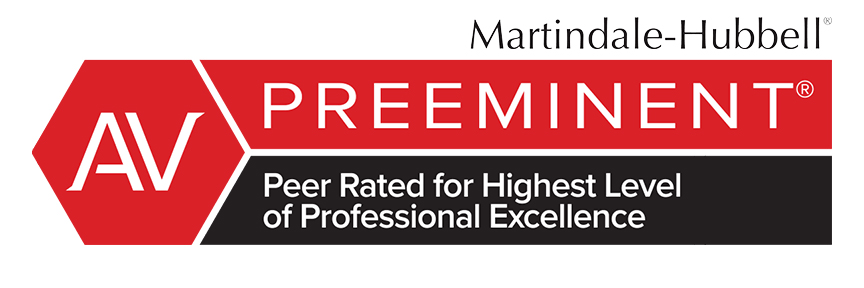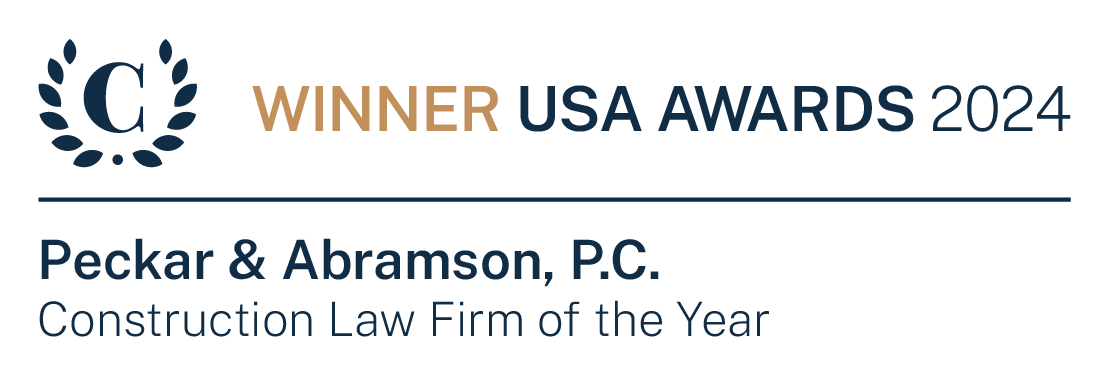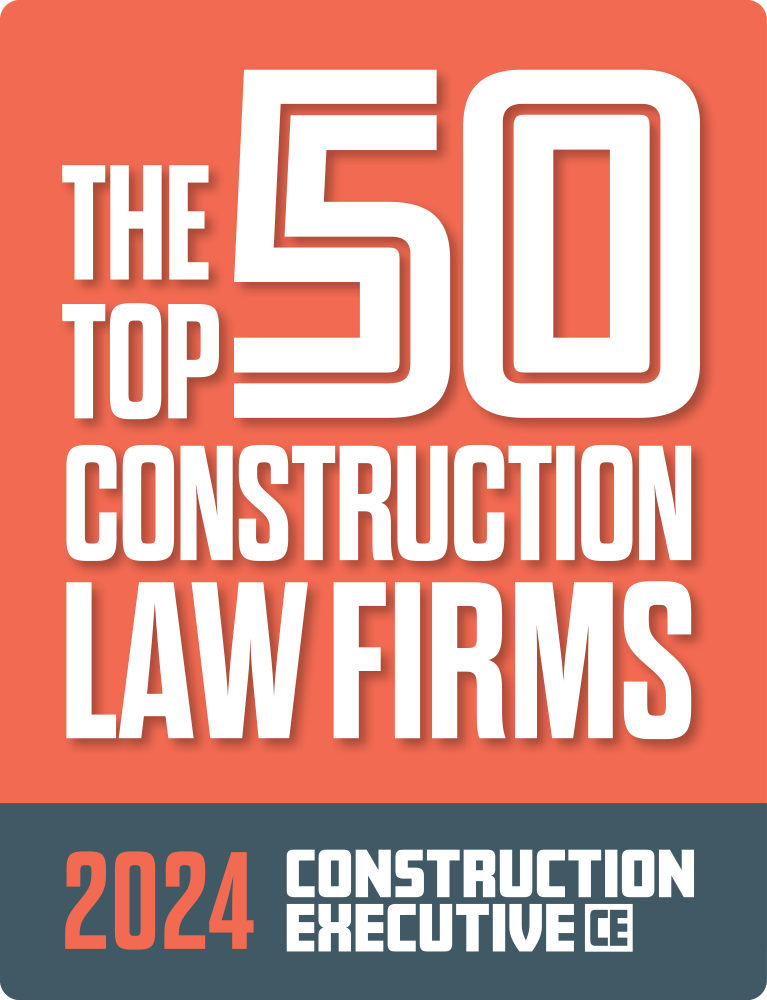Client Alerts & Publications
Tariffs and the Art of the Price Escalation “Deal”
Authors: Ryan Wozny, Levi W. Barrett, Gary M. Stein, Nathan A. Cohen,
Published Date: January 22, 2025
“My style of deal-making is quite simple and straightforward. I aim very high, and then I just keep pushing and pushing and pushing to get what I’m after.”
― Donald Trump, Trump: The Art of the Deal
This alert will focus on the steps the contracting community should consider in light of the stated intention of the Trump administration to impose tariffs on many goods imported into the United States.
Background
The world was first introduced to President Trump’s strategy of imposing tariffs as leverage to negotiate foreign and domestic policy in 2018 with steel and aluminum tariffs. Those tariffs were imposed on the import of certain Chinese-manufactured products and remained intact through the Biden Administration. President Trump has stated his intention to expand the use of this tactic by imposing a 25% tariff on all goods imported from Mexico, Canada, and an additional 10% tariff on all goods imported from China.
The stated policy goal of the newly proposed tariffs is to incentivize these countries to crackdown on the flow of illegal immigrants and drugs into the United States, as well as other problematic practices. While the 2018 tariffs had a broad policy goal of balancing trade deficits and encouraging domestic production, it is unclear whether the additional tariffs might be avoided if the target nations take meaningful action to reduce illegal immigration and drug trafficking.
If imposed as currently stated, tariffs applied to all goods would result in a broader impact than the 2018 steel and aluminum tariffs. It’s also unclear if “all goods” truly means “all goods,” given President Trump’s propensity to seek negotiations. Whether or not the tariffs apply to all goods, it is likely that tariffs would impact at least some imported construction materials, including steel, aluminum, aggregate, lumber, heavy equipment, fixtures, appliances, and tools and equipment used in the building process itself.
With history as our guide, the potential impacts could also be much broader than a direct increase in price for those foreign goods subject to tariffs. The steel and aluminum tariffs of 2018 did not simply result in an increase on Chinese and Canadian steel and aluminum, rather, we saw price increases for domestically produced steel and aluminum, followed by supply chain problems. Tariff-induced ripple effects can lead to a host of other challenges, including subcontractor and supplier defaults, disputes, delays, increased costs due to change orders, material substitutions, and inefficiencies resulting from increased time spent working with owners, suppliers, design professionals, and subcontractors to address changes to a project. Additionally, market “panic” can lead to material hoarding, which can only exacerbate the situation and lead to further demand-based price increases.
P&A previously evaluated the impact of steel and aluminum tariffs on the construction industry in 2018 and provided insight to our partners across the construction industry. As the reactions, threats of retaliatory tariffs, and, ultimately, negotiations unfold, we intend to leverage lessons learned to help the construction industry navigate the evolving landscape.
Steps To Consider Now
We expect that lessons learned from 2018 can be applied if tariffs are, in fact, imposed. This generally falls into two categories – (i) guidance with respect to future contracts, and (ii) guidance with respect to previously executed contracts. In both situations it is imperative that the parties understand the potential risks associated with the upcoming tariffs and how contracts address (or fail to address) these risks.
1. Future Contracts
Contractors can best manage the impact of material cost fluctuations by addressing escalation issues with owners and subcontractors in a timely manner through provisions that clearly and specifically address the issue. While price escalation is usually ignored in periods where the parties can rely on relatively stable pricing, in times where price instability can be expected, an escalation may be considered just as essential as a delay provision. Given the potential for significant consequences, it is best not to leave this concern as one to be argued as covered by boilerplate contract provisions, especially where there could be ambiguities in the relevant language when applied in this context. For example, if the words “tariff” or “import duties,” or the words “changed” or “additional” are not used in the relevant language, an opening might be present for a party to argue that the clause is inapplicable.
Similarly, the cost consequences of the tariffs may not be the amount of the tariff. For example, consider the situation whereby a decision is made to secure the materials domestically instead of using imported goods. That decision may have been caused by the fact that tariffs increased the cost of the materials in the marketplace, but one could argue that technically a tariff was not actually incurred. It is therefore critical to ensure that the relevant clauses address the impact to the cost and availability of the commodity or material, not reimbursement of just the tariff alone.
Note also that tariffs can impact availability of materials. For example, if a tariff is imposed, a material that is commonly stocked could be one that is imported less actively and no longer as readily available. A lack of availability can result in delay and related costs. Well-drafted contracts should address both the direct and indirect consequences of the tariffs.
Several types of price escalation clauses exist, but generally there should be an agreed upon process or formula between the owner and contractor that allows an adjustment to the contract price when an unexpected or unforeseen price increase occurs.
Price escalation provisions can come in a variety of shapes and sizes – from the broad-brush entitlement to increases in price wherever found, to provisions tied to widely-used construction indexes, to narrowly-tailored clauses tied to specific materials with specific price trigger-points. The ultimate goal should be to clearly address the risk of significant and unforeseen price increases that would otherwise upset the entire commercial arrangement or raise the specter of subcontractor defaults, both directly and indirectly.
As noted, the consequences of failing to clearly address this issue extend beyond the cost of the tariff alone. Absent a clear contractual right or process to address the issue, subcontractors may be faced with a choice between filling a material order that places their business in peril or electing not to perform, resulting in a default. This type of decision was encountered in 2018 when subcontractors could not, or chose not to, honor contractual commitments in light of the steel and aluminum tariffs. We learned through our experiences in 2018 that a properly drafted escalation provision is one of the best ways to mitigate the risk of catastrophic failures associated with major subcontractor defaults arising from tariffs.
Fixed price contracts can present particular challenges due to the “closed book” nature. As owners generally do not have the ability to view the contractor’s costs, profit, and overhead figures, owners often struggle with the concept that they should bear any responsibility for any escalation related costs under a fixed-price regime. Taking into consideration the fact that escalation can pose such a significant project risk, it is important that the parties address this concern, even in fixed-price contracts. In these circumstances escalation clauses can be drafted to address the risk, and clarify, in advance, the degree of transparency that may be required to provide an owner with a comfort level and assure that the escalation clause is truly a tool to manage risks of the unforeseen.
Finally, if price escalation occurs, it is important that you comply with your escalation provision, providing appropriate notice and contemporaneously collecting and maintaining the applicable data to ensure that the impact is adequately supported.
2. Existing Contracts, and the Importance of Clearly Understanding Contract Terms
As a first step, it’s important to assess if and how your existing construction contracts address entitlement to relief resulting from tariffs and price escalation through change in law, tax, government acts, or force majeure provisions. It is similarly important to understand the circumstances of the particular price increase. Provisions related to changes of law, unanticipated conditions, changed conditions, force majeure, and rights to claims and adjustments, are some common contract provisions that may have application in the event tariffs impact the project.
In 2018, we saw parties to construction contracts leaping to simply believe that a particular type of clause must cover the issue. A lesson from 2018 is to instead carefully review all relevant contract provisions before choosing a clause or strategy to pursue – often the merely intuitive choice of which provision to pursue was not the most prudent.
A related situation is one in which a project is delayed so that the purchase of the impacted material necessarily occurred after the imposition of a tariff. If so, the party responsible for the delay may be partially to blame for the impact which could provide an avenue for relief, in turn leading to issues related to responsibility for delay-related damages. Understanding all facts associated with the increase in price is therefore an important first step to developing a strategy.
As noted above, a contractor may be able to successfully argue that the owner is responsible for direct costs resulting from a government act, or newly enacted duties or taxes, but indirect costs, such as price escalation independent of the tariff, may be more difficult. Addressing these situations tactically, with counsel that understands the facts and legal exposures, is paramount.
Early engagement with input from subcontractors is critical to allow all parties to understand the true impact of the escalation, including the impact of a potential default to the project and potential alternatives. In certain circumstances, a material substitution may be a viable option. In these instances, it may be important to determine who is responsible for costs of redesign and potential delays associated with the substitution.
Where redesign or substitution is not an option, exploring options that potentially mitigate the risk of the unforeseen escalation should be considered. For example, purchasing and warehousing impacted materials early could be a means of mitigating future price increases, but it could come with increased storage costs with all parties absorbing some of the increased costs. Alternatively, advancing or delaying the purchase of certain materials, or purchasing them on a rolling basis, might be viable if prices are expected to fall. In either event, it is important to involve all parties in the conversation. Collaboration in these situations can be key for all involved – even where the contract clearly allocates the risk to one party or the other.
In existing contracts that don’t contain a material price escalation clause, the potential disruption to the progress and cost of the project caused by price escalations can be used as leverage to work with owners, subcontractors, and suppliers to amend existing agreements. The prospect of facing a subcontractor or supplier refusing to honor existing agreements due to price escalations can be reason enough to proactively engage with all parties, including the owner, to implement a risk mitigation strategy.
Lastly, care must also be taken to document the damages resulting from the tariffs and other related effects, including cost escalation in amounts greater than the tariffs and other related delay and design costs. Attention to the array of consequences and damages is often best applied early, so that damages are identified and documented in real time, instead of after the fact or forensically.
A careful analysis of each project is needed to determine how best to address the full consequences of tariffs and potential price escalation – one-size does not fit-all and 2018 revealed that it can be a mistake to assume that one approach can be applied to all projects.
Conclusion
As the implementation of new tariffs remains likely in the current political climate, where possible, addressing this risk through contract provisions is a prudent and proactive risk management tool. Unlike the relatively sudden implementation of tariffs during the initial Trump administration, there is still time for owners, contractors, subcontractors, and suppliers to preemptively manage the risk of expected price increases and supply disruptions.
Where contracts may already exist, careful review of relevant provisions, engaging with all parties involved, and pursuing practical steps to mitigate the impact may be a considerable benefit to all concerned, both in reducing cost and delay, as well as related disputes.
As this situation unfolds, P&A will keep clients updated on the impacts of tariffs and strategies to mitigate the harm of tariffs on ongoing and anticipated projects. We expect a variety of impacts across the construction industry as the true scope and nature of tariffs evolves over the coming weeks and will seek to address specific sectors in the commercial, residential, heavy highway, infrastructure and renewable energy spaces.
The application of tariffs, price increases, and material shortages are certainly not new risks to the construction industry. However, adapting negotiation strategies, shoring up specific contractual provisions, and remaining up to date on the evolving nature of this international trade negotiation is essential.
Join us for our Ask the Authors session on January 31 from 2:00-2:30pm ET! Attendees will have the ability to ask questions, share their thoughts, and discuss any further developments with the authors directly. REGISTER HERE.










